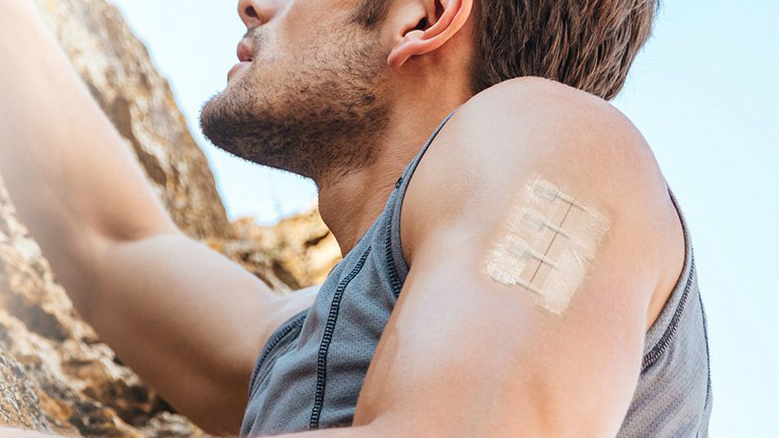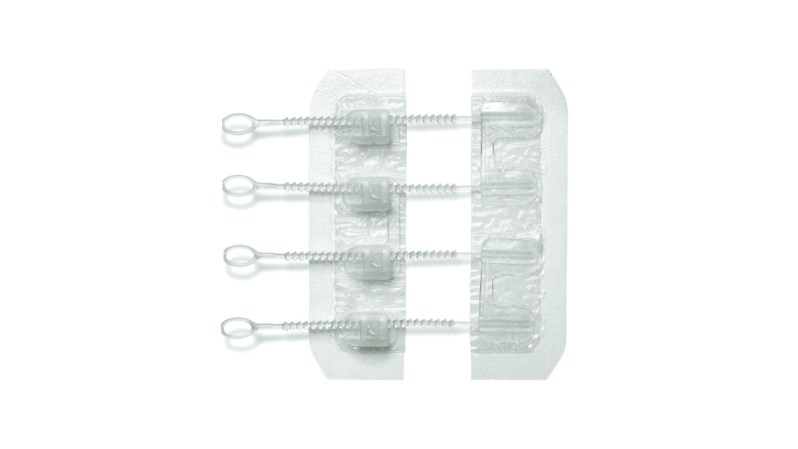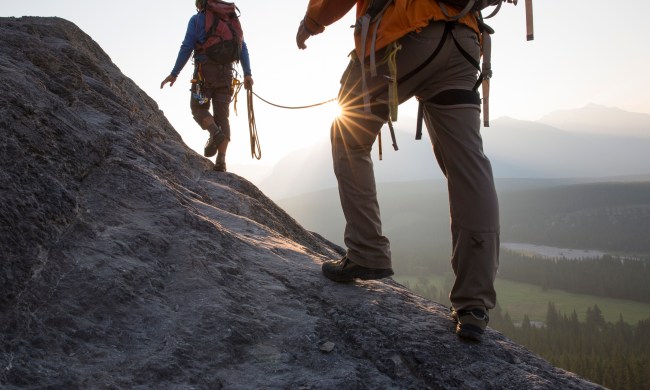
What do you do when you’re 10 miles into a 20-mile backpacking trek through the backcountry when you trip over a root, fall, hit your knee on a rock, and wind up with an inch-long gash that bleeds profusely and is too big to close with a regular bandage or gauze wound-wrap? Do you try to patch it up as best you can and trek the 10 miles to civilization? Do you radio in an emergency to the local ranger station and wait for a team to extract you? Or do you suck it up, pull out your suture kit, and sew yourself up?
About that last one: We applaud you for your chutzpah and desire to handle things on your own, but please do not give yourself stitches while out in the wild. Chances are, you’re not a doctor, you don’t know how to close the wound properly. Even if you can close the wound and stem the bleeding, you’ll probably end up with an infection from doing some backwoods healthcare. Instead, turn to ZipStitch.

ZipStitch is a latex-free, non-invasive, simple-to-use skin closure device. Think of it as surgical stitches only without the needle and thread. Instead, what you have are two pieces of sticky plastic that sit on either side of the laceration with a series of four cinch-lock plastic pins spanning the wound site. After cleaning the area, flushing out the wound, and stopping the bleeding, just apply the ZipStitch to the wound, pull the plastic cinch-lock pins tight until the sides of the wound come together, trim the edges, cover in gauze, and you’re good to go. It’s that easy. Don’t believe us? Check out this video:
Each ZipStitch can close a wound up to 1.5 inches long, but multiple ZipStitches placed together can treat a much larger laceration. Also included: a gauze pad to stop bleeding, an alcohol wipe to clean the area, and a bandage.
A single ZipStitch pack costs $30, which may seem expensive, but compared to a trip to the emergency, calling in a ranger rescue, or bleeding for 10 grueling miles, it’s a small price to pay.
You can get your own ZipStitch online. Buying in bulk results in discounts, so if you’re an avid backpacker, a pack of three will save you 5 percent.


